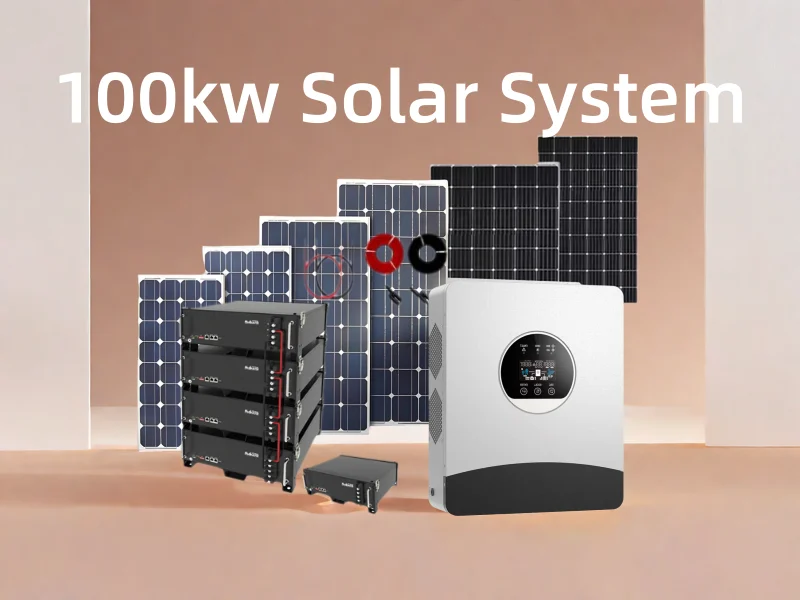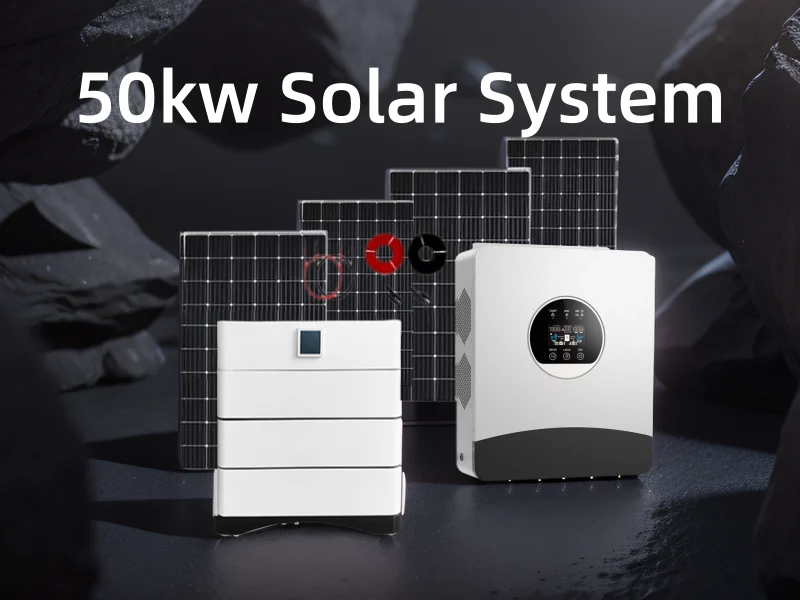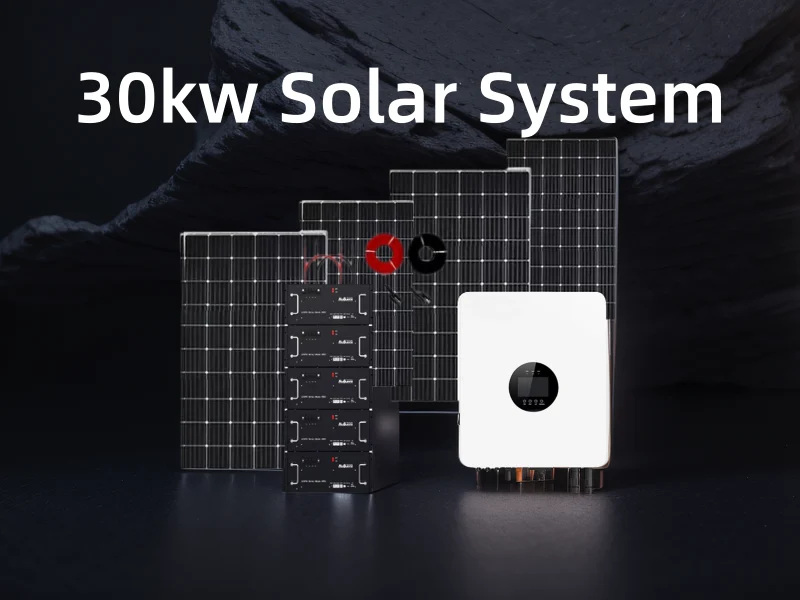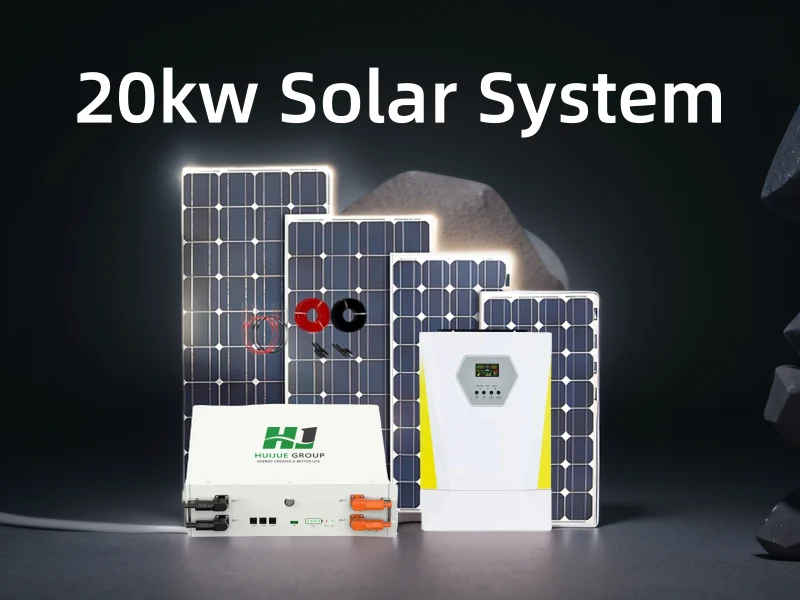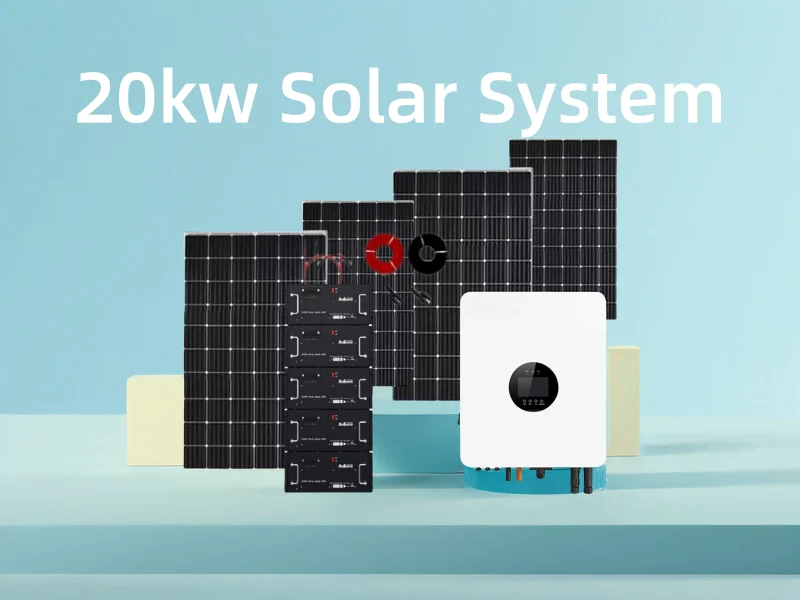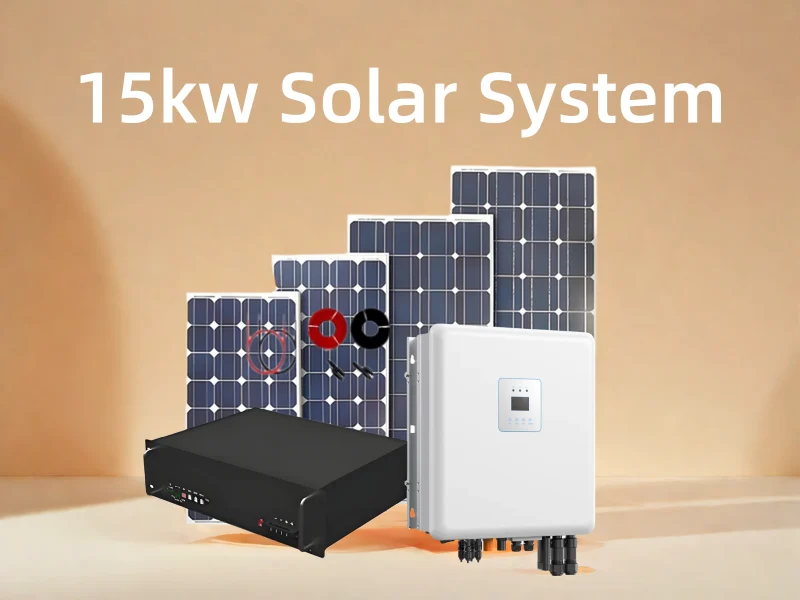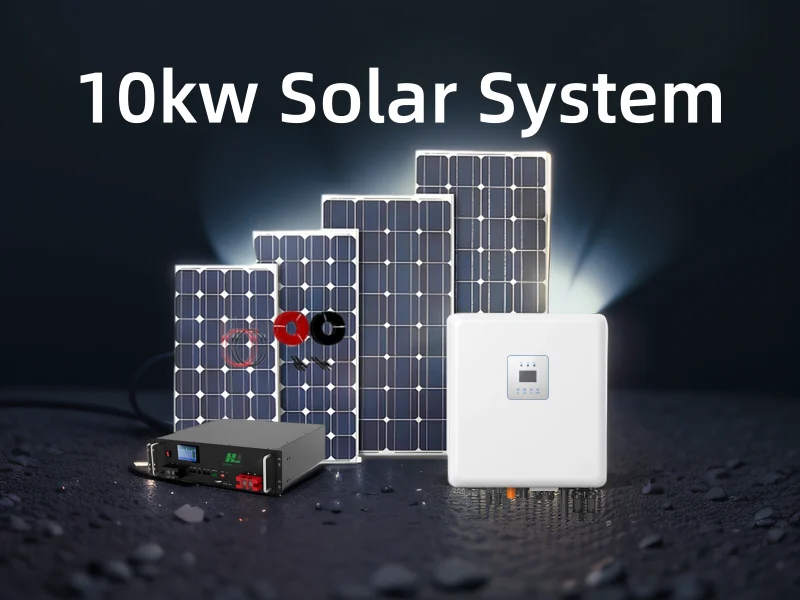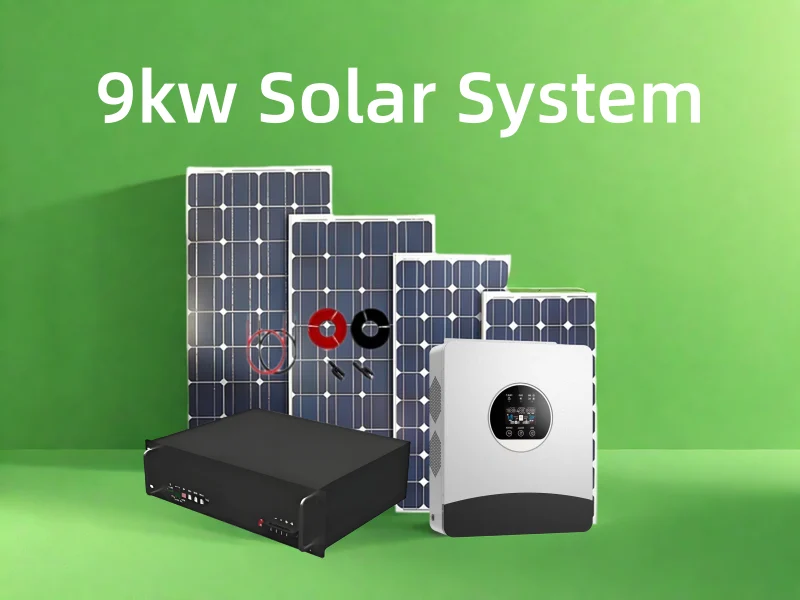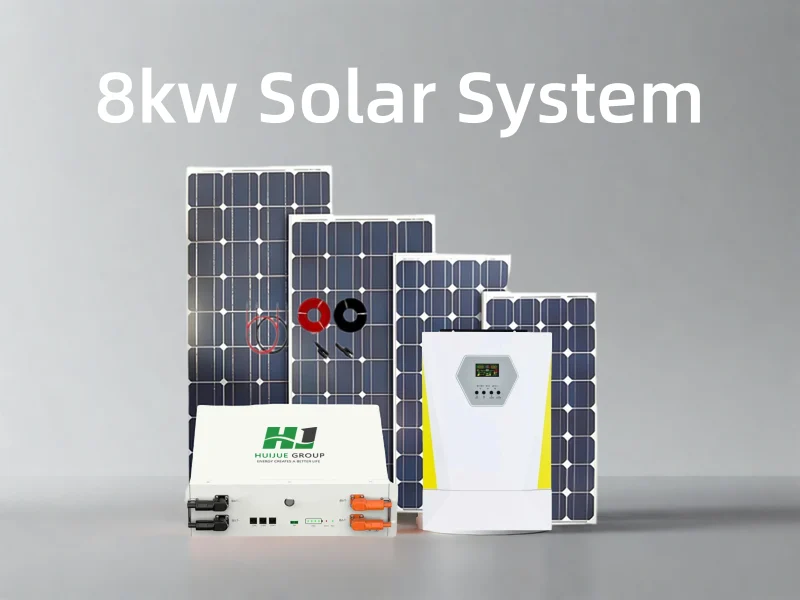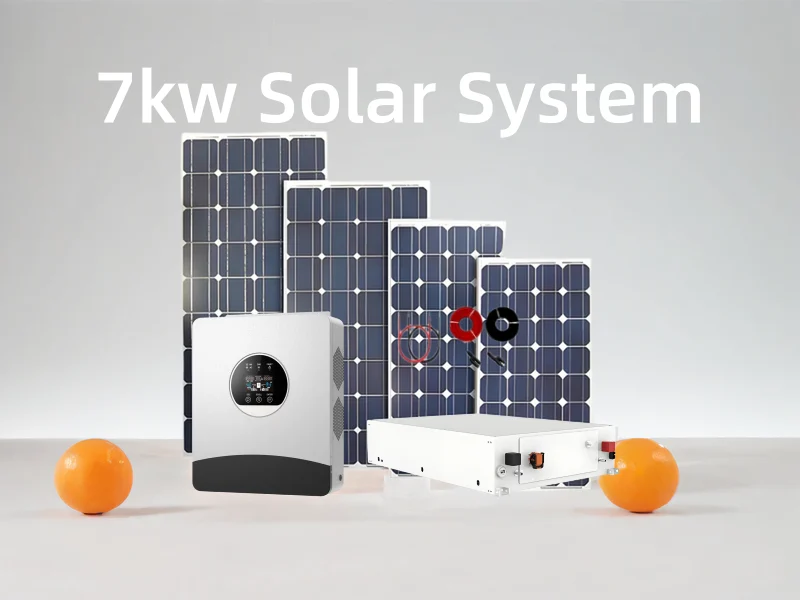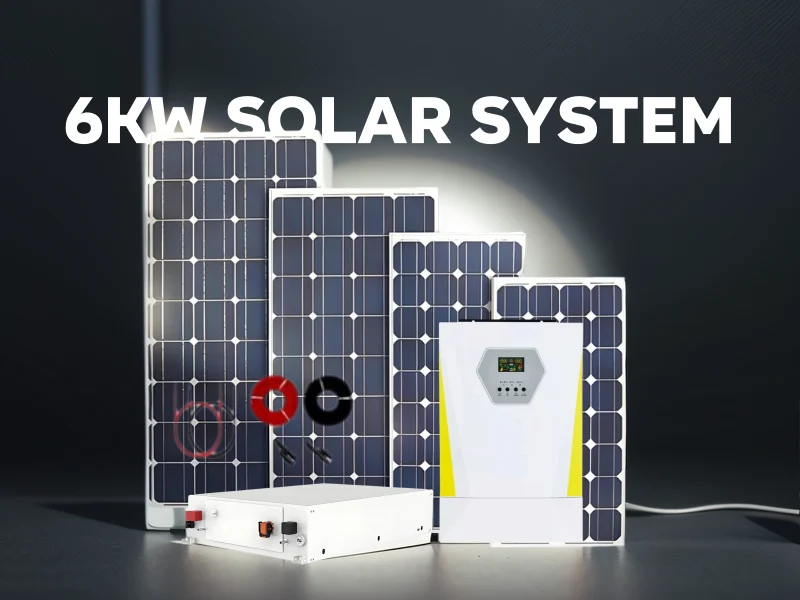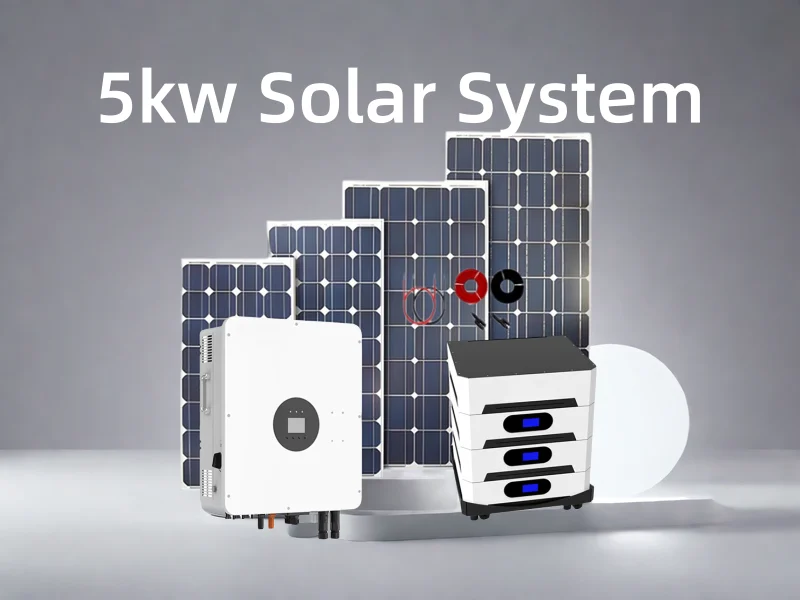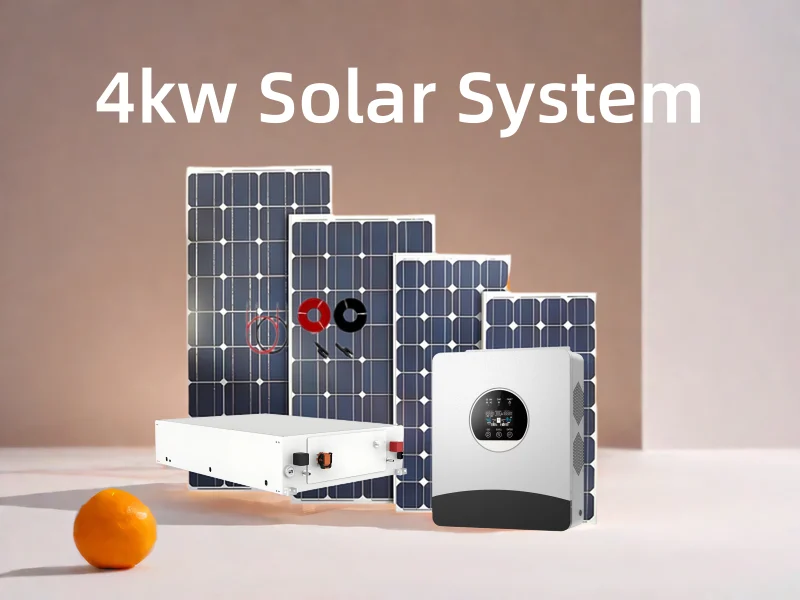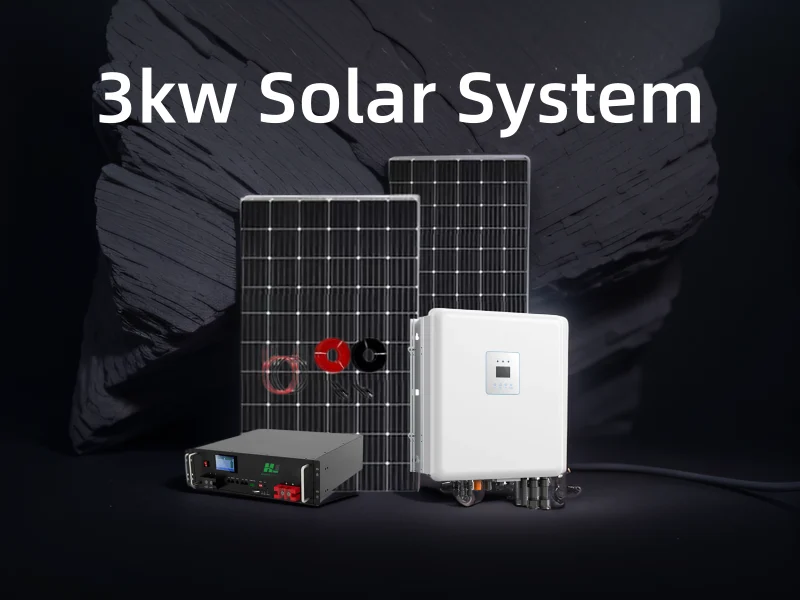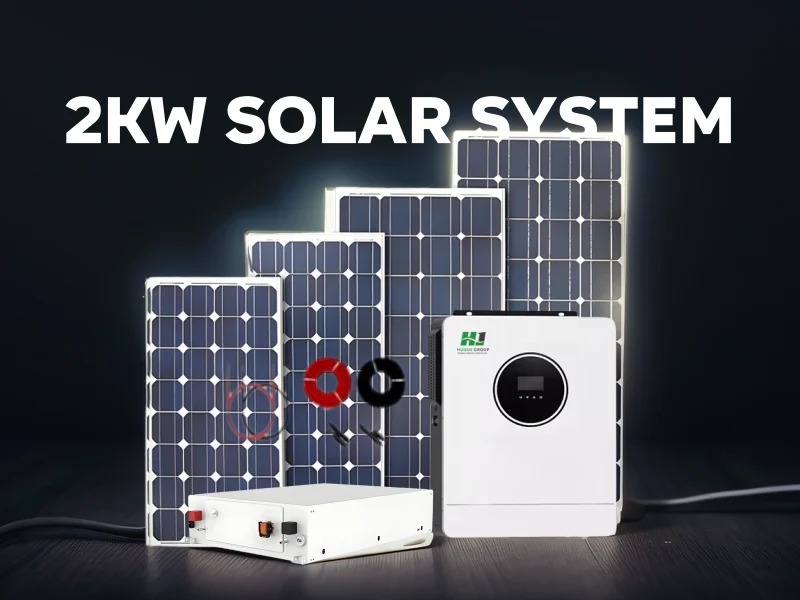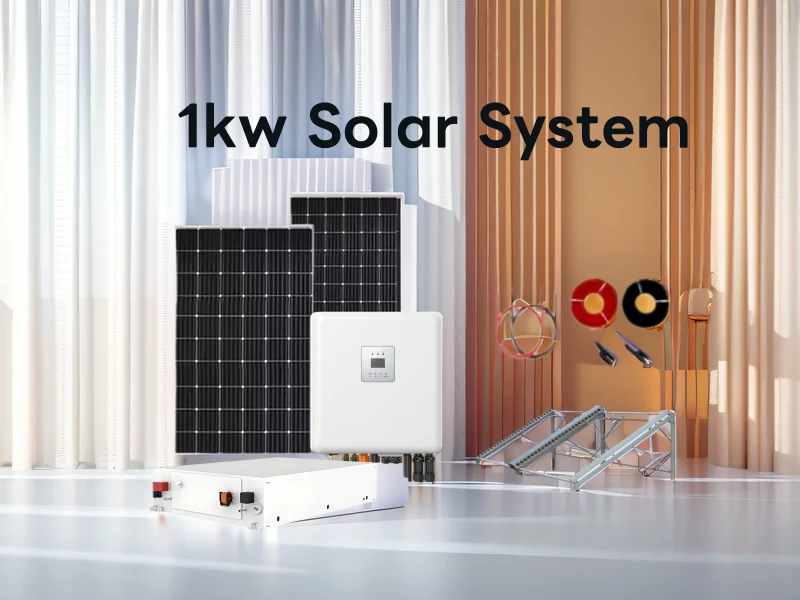10kW Solar System Pricing for Small Businesses in Pakistan: Complete Guide
For small businesses in Pakistan facing escalating electricity costs and frequent power outages, 10kW solar systems offer a viable solution to reduce operational expenses and ensure uninterrupted power supply. This comprehensive guide examines current pricing, implementation processes, and real-world examples of 10kW solar installations for small businesses across Pakistan.
Current Pricing Breakdown (October 2024)
As of late 2024, a complete 10kW solar system for small businesses in Pakistan typically costs between PKR 1,600,000 to PKR 2,500,000 (approximately $5,700 to $9,000), depending on system configuration, component quality, and installation requirements.
| Component | Cost Range (PKR) | Notes |
| Solar Panels (10kW) | 800,000 - 1,100,000 | Tier-1 panels: PKR 80-110 per watt |
| Inverter (Grid-tie/Hybrid) | 300,000 - 450,000 | Quality inverters from established brands |
| Mounting Structure | 120,000 - 180,000 | Depends on roof type and material |
| Batteries (Optional) | 400,000 - 800,000 | For backup during outages (8-15kWh capacity) |
| Balance of System | 150,000 - 200,000 | Cables, circuit breakers, monitoring system |
| Installation & Labor | 150,000 - 250,000 | Varies by location and complexity |
| Net Metering Registration | 15,000 - 25,000 | Official fees plus processing charges |
Real Examples from Pakistan
Example 1: Retail Store in Lahore
Business Type: Medium-sized electronics retail store System Size: 10.2kW Installation Date: April 2024 Total Cost: PKR 1,850,000 (Grid-tied system with net metering) Monthly Savings: PKR 45,000-60,000 (depending on season) Projected Payback Period: 3.1 years Additional Benefits: Business continues operations during load-shedding periods
Example 2: Restaurant in Karachi
Business Type: Restaurant with kitchen equipment and air conditioning System Size: 10kW with 12kWh battery backup Installation Date: February 2024 Total Cost: PKR 2,350,000 (Hybrid system) Monthly Savings: PKR 55,000-70,000 Projected Payback Period: 3.5 years Additional Benefits: Zero food spoilage due to power interruptions
Example 3: Manufacturing Workshop in Sialkot
Business Type: Small metalworking shop with machinery System Size: 10.5kW Installation Date: December 2023 Total Cost: PKR 1,750,000 (Grid-tied system) Monthly Savings: PKR 50,000-65,000 Projected Payback Period: 2.8 years Additional Benefits: Reduced production delays, consistent power quality for sensitive equipment
Example 4: Pharmaceutical Retailer in Islamabad
Business Type: Pharmacy with refrigeration needs System Size: 10kW with 15kWh battery storage Installation Date: June 2024 Total Cost: PKR 2,450,000 (Hybrid system with critical load backup) Monthly Savings: PKR 40,000-50,000 Projected Payback Period: 4.2 years Additional Benefits: Uninterrupted power for medication refrigeration, improved customer confidence
Step-by-Step Implementation Process
1. Energy Audit and Consumption Analysis
- Collect 12 months of electricity bills to analyze consumption patterns
- Identify peak usage times and critical load requirements
- Conduct a professional energy audit (costs PKR 15,000-30,000)
- Calculate average daily consumption in kWh
2. Site Assessment
- Evaluate available roof space (approximately 70-80 sq. meters needed for 10kW)
- Assess roof structural integrity and orientation (south-facing is optimal)
- Check for shading issues from surrounding buildings or trees
- Determine grid connection quality and proximity
3. System Design and Configuration
- Choose between grid-tied, hybrid, or off-grid configuration
- Decide on battery backup capacity based on critical loads
- Select appropriate inverter type (string inverter vs. microinverters)
- Design panel layout for maximum efficiency
4. Component Selection
- Choose panel type (monocrystalline recommended for limited space)
- Select inverter brand (Growatt, SMA, Huawei, and Solis are popular in Pakistan)
- Determine battery technology if applicable (Lithium vs. Lead-Acid)
- Select mounting hardware appropriate for roof type
5. Vendor Selection and Quotation
- Request quotations from at least 3 certified solar installers
- Verify vendor credentials and past installation references
- Compare warranty terms (panels: 25 years, inverters: 5-10 years)
- Negotiate payment terms (typical: 50% advance, 40% after delivery, 10% after commissioning)
6. Permitting and Net Metering Application
- Apply for net metering with local DISCO (LESCO, KESC, IESCO, etc.)
- Submit required documents:
- Application form
- Copy of recent electricity bill
- Single line diagram of proposed system
- Equipment specifications
- Wait for site inspection (typically 2-4 weeks)
- Receive approval letter and bidirectional meter installation
7. Installation and Commissioning
- Prepare roof and mounting structures
- Install solar panels, inverter, and balance of system
- Connect to electrical system with proper isolation
- Configure monitoring system and test performance
- Get final inspection and connection approval from DISCO
8. Monitoring and Maintenance
- Set up remote monitoring via smartphone app
- Schedule regular panel cleaning (monthly in dusty areas)
- Plan for annual system inspection
- Keep records of generation and savings
Industry Context in Pakistan
Market Trends
The solar market for small businesses in Pakistan has grown significantly, with these key trends:
- Increasing Adoption: Solar installations for businesses increased by approximately 40% in 2023-2024
- Falling Prices: Module prices decreased by approximately 15% between 2022 and 2024
- Battery Integration: More businesses opting for hybrid systems with battery backup
- Quality Focus: Shift from lowest-cost systems to higher quality components with better warranties
Regulatory Environment
Several regulations affect solar adoption by small businesses:
- Net Metering Policy: Available nationwide since 2018, allowing excess production to be sold back to the grid
- Alternative Energy Development Board (AEDB)guidelines for equipment standards
- Import Duties: 0% on solar panels but 5-10% on inverters and batteries
- Business Tax Benefits: Accelerated depreciation available for renewable energy investments
Financing Options
Several financing mechanisms are available:
- State Bank of Pakistan's Renewable Energy Refinance Scheme: Offers loans at 6% for solar projects
- Karandaaz SME Energy Financing: Specialized program for small businesses
- Commercial Bank Green Loans: Many banks offer dedicated solar financing
- Solar Leasing: Emerging business model with minimal upfront costs
- Pay-As-You-Save Models: Monthly payments lower than electricity bill savings
Key Challenges
- Upfront Cost: Despite long-term benefits, initial investment remains a hurdle for many small businesses
- Quality Concerns: Market flooded with substandard equipment requiring careful vendor selection
- Technical Expertise: Shortage of qualified installers in smaller cities
- Grid Interconnection Delays: Net metering application process can be bureaucratic and time-consuming
- Roof Constraints: Urban businesses often have limited suitable roof space
Return on Investment Analysis
For small businesses investing in a 10kW solar system:
Grid-Tied System (PKR 1,800,000):
- Average monthly savings: PKR 45,000-60,000
- Annual savings: PKR 540,000-720,000
- Simple payback period: 2.5-3.3 years
- Internal Rate of Return (IRR): 30-40%
- System lifetime: 25+ years
- 20-year ROI: 600-800%
Hybrid System with Battery Backup (PKR 2,400,000):
- Average monthly savings: PKR 50,000-65,000
- Additional savings from avoided business disruption: PKR 10,000-30,000/month
- Simple payback period: 3.2-4 years
- Internal Rate of Return (IRR): 25-35%
- System lifetime: 25+ years (panels), 8-10 years (batteries)
- 20-year ROI: 500-650%
Selecting the Right System for Your Business Type
Retail Stores
- Recommended: Grid-tied system with minimal battery backup
- Key Benefit: Daytime consumption matches solar production
- Critical Loads: Lighting, POS systems, security equipment
Restaurants/Food Businesses
- Recommended: Hybrid system with 4-6 hours battery backup
- Key Benefit: Uninterrupted refrigeration and cooking capabilities
- Critical Loads: Refrigeration, essential kitchen equipment
Small Manufacturing
- Recommended: Grid-tied system with power quality equipment
- Key Benefit: Protection from voltage fluctuations
- Critical Loads: Production machinery, computers
Service Businesses (Medical, IT)
- Recommended: Hybrid system with extensive battery backup
- Key Benefit: Uninterrupted operation for sensitive equipment
- Critical Loads: Servers, medical equipment, communication systems
Conclusion
A 10kW solar system represents an increasingly attractive investment for small businesses in Pakistan, with payback periods typically ranging from 2.5 to 4 years. The combination of rising electricity tariffs, frequent power outages, and decreasing solar equipment costs creates a compelling business case. While the upfront investment remains substantial, various financing options are making solar more accessible. For maximum return, businesses should ensure proper system sizing, quality components, professional installation, and regular maintenance. As Pakistan continues to face energy challenges, solar power offers small businesses both economic advantages and operational resilience.

